Broccoli is a cool-season crop. It grows best when the temperature is below 75F. In Central Texas, we grow broccoli twice a year. First, in the fall (October) for winter harvest, then in winter (January) for spring harvest.
Note: this post may contain affiliate links. Please, refer to our full disclaimer here.
Growing broccoli from seed vs transplants
Growing broccoli from seeds is easy, and caring for the transplants is not that hard either. But, Deciding between seed or transplant depends on the number of plants you can afford.
Growing from seeds gives you the chance to have as many plants as you wish. It also offers more varieties than what’s offered in nurseries. For home gardeners with limited space, compact varieties are a great option, and they are more available as seeds.
How to choose the right broccoli seed?
Choosing the right variety of broccoli for your area is the first step to success. Since the weather has a great impact on the proper growth of crops, it is the main guide to making the right choice.
Central Texas is well-known for its unstable seasonal transitions. Summer tends to linger through fall, forcing gardeners to delay cool-season planting. Then, the summer heat takes over in a blink of an eye, making spring season almost non-existent.
Heat is the enemy of broccoli, so when choosing the variety look for the following criteria:
- Heat Tolerance
- Slow Bolting
- Short maturity time
Some favorite varieties are:
When to start Broccoli seeds in Central Texas?
Standard growing calendars suggest planting brassicas in late August. Calculating back six weeks of seedling growth lands us in early July to start seeds. But, “Plants do not read,” an old gardener once told me. Starting cool-season crops too soon will only fail due to high temperatures.
Broccoli thrives in temperatures below 75F (25C). Anything higher will cause it to button or form small heads and then bolt. As a safety measure, start seeds indoors whenever the temperatures begin to break. Most likely, around the end of August beginning of September. Keep them under grow light in a cool place till weather permits.
Plant out the seedlings in early to mid-October to harvest in December. For Spring crops, start seeds in December to transplant in January for March harvest.
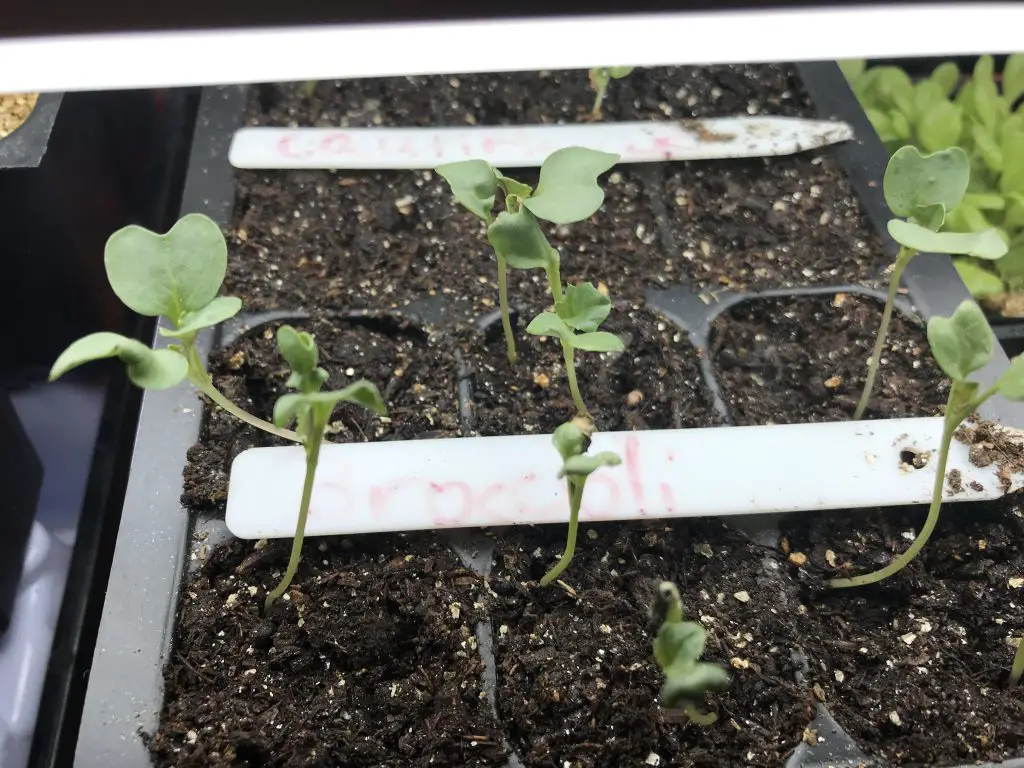
How to grow broccoli from seed?
Materials:
- Good quality seed starting mix.
- Seed starting containers with drainage holes.
- Water
- A good source of light. It could be a South-facing window or a grow-light.
Procedure
- Fill a tubtrug with seed-starting mix.
- Spray with water while mixing to pre-moisten it. It should have the consistency of a wrung-out sponge.
- Fill the seed-starting containers with the soil. Press down to get all air pockets out without compressing it though.
- Using a pencil top, indent holes on the surface of the soil twice the size of the seed.
- Drop one seed in each hole.
- Lightly, cover the seeds with soil then water.
- Place the seed tray under a grow light or on a windowsill.
- They should germinate in four to five days.
- Keep the grow-light on during the day and off at night.
- The soil has to stay moist but not soggy.
- To prevent damping off, bottom water when the first set of true leaves appears.
Seedling Care
- Once the first set of true leaves appears, it is time to feed the seedlings.
- Use a designated starter fertilizer or liquid seaweed at a low concentration. Read the instructions on the label for proper use.
- To promote a healthy root system, keep watering from the bottom. After fifteen minutes, pour the excess water out.
- Thin the seedlings in each cell by snipping off the weakest and leaving the strongest. Eliminating competition helps the seedlings grow faster and healthier.
- Keep the seedlings in controlled conditions until the weather permits.
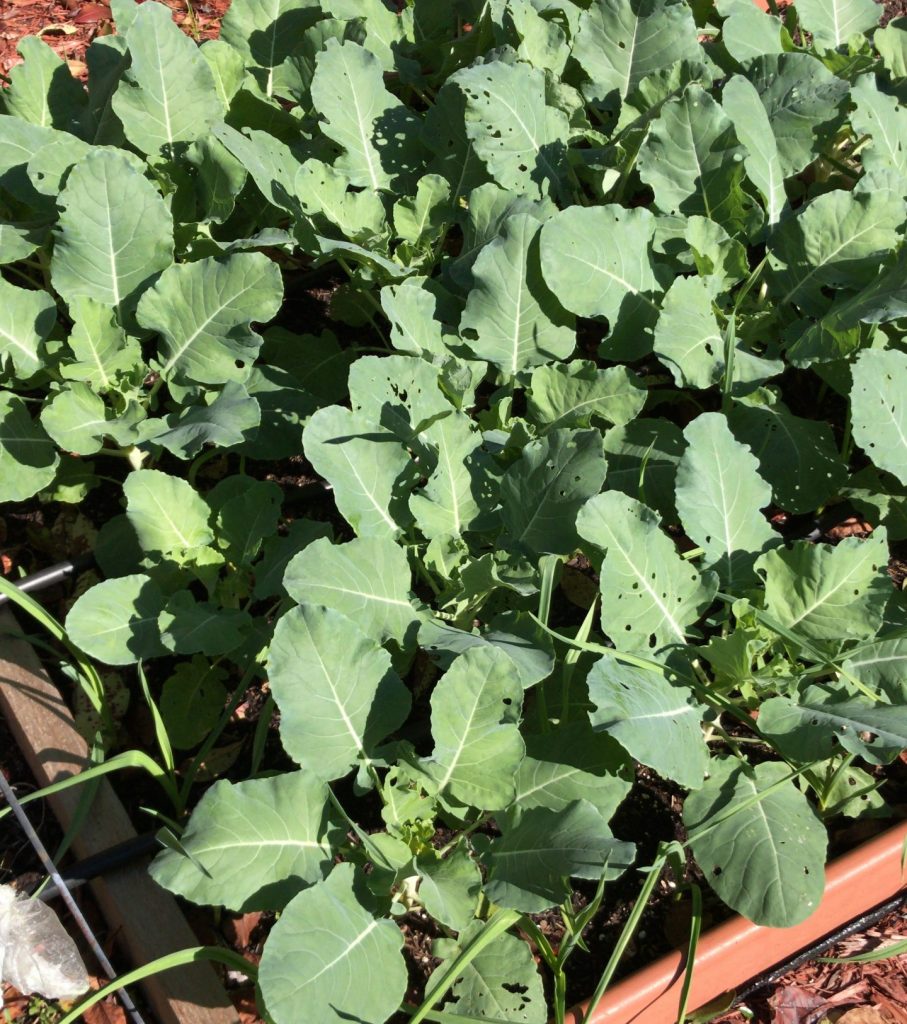
Hardening Off the Broccoli Seedlings
Hardening off is the week-long process of acclimating young seedlings to the natural elements. It reduces the risk of transplant shock.
- Broccoli needs at least six hours of direct sunlight.
- Amend the soil by adding compost.
- Dig a hole that is slightly deeper than the root ball.
- Drizzle a dry time-release fertilizer or worm castings. Follow directions on the label.
- Place the broccoli plant in the hole. Cover the lower stem as deep as the first set of leaves.
- Backfill the planting hole with soil, pressing firmly around the plant for stability.
- The recommended spacing is 24 inches, but you can go as low as one foot apart.
- Follow up with a seaweed drench every other week.
- Do not allow the soil to stay dry for too long. It will stress the plant.
Starting the process on an overcast day would be ideal. Otherwise, choose a shady spot. Direct sunlight is too strong and might burn the delicate plants.
- On the first day, place the seedlings in a spot where they would get morning sun for one hour, then bring them in to their usual spot.
- Palce them in the same spot for two hours on the second day.
- On the tird day, increase the exposure time to three or four hours.
- Making sure they are not exposed to harsh sunlight increase the exposure time to five hours on the fourth and fifth days.
- Weather permitting, keep the seedlings out for the night on the sixth day.
- After a week of training, the transplants are ready to stay outside until you transfer them to their final home.
Planting broccoli and care
- Broccoli needs at least six hours of direct sunlight.
- Amend the soil by adding compost.
- Dig a hole that is slightly deeper than the root ball.
- Drizzle a dry time-release fertilizer or worm castings. Follow directions on the label.
- Place the broccoli plant in the hole. Cover the lower stem as deep as the first set of leaves.
- Backfill the planting hole with soil, pressing firmly around the plant for stability.
- The recommended spacing is 24 inches, but you can go as low as one foot apart.
- Follow up with a seaweed drench every other week.
- Do not allow the soil to stay dry for too long. It will stress the plant.
How long does it take for broccoli to form a head?
Under the right conditions, it takes about ten weeks for the broccoli to be ready for harvest.
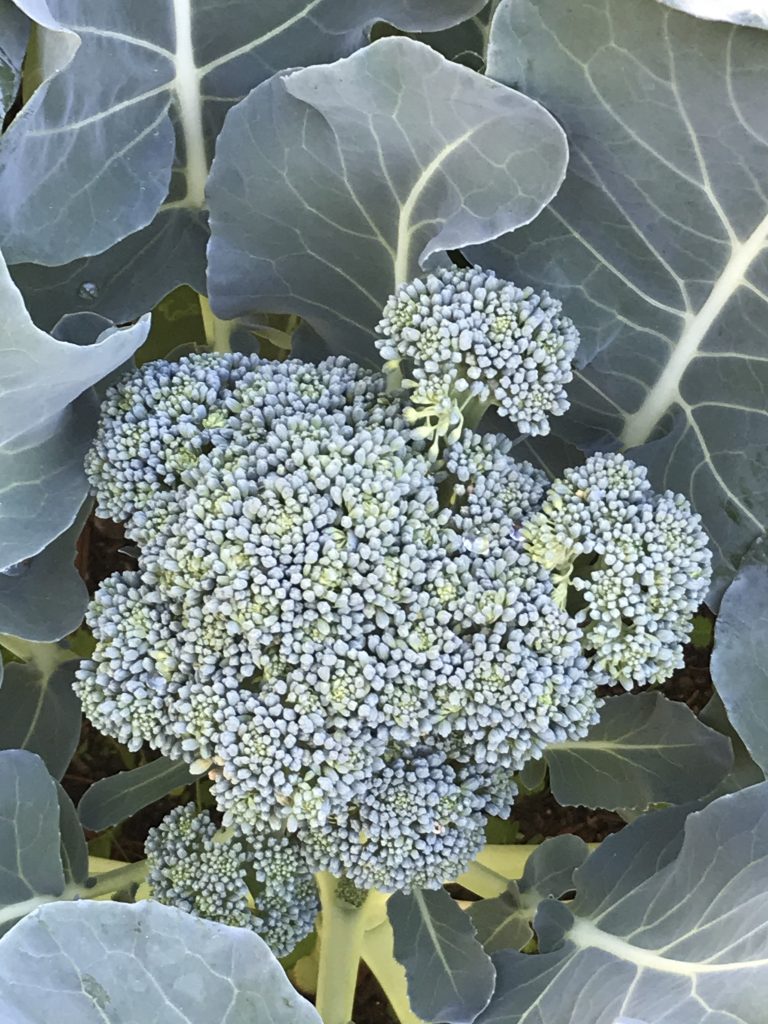
A broccoli head going to flower 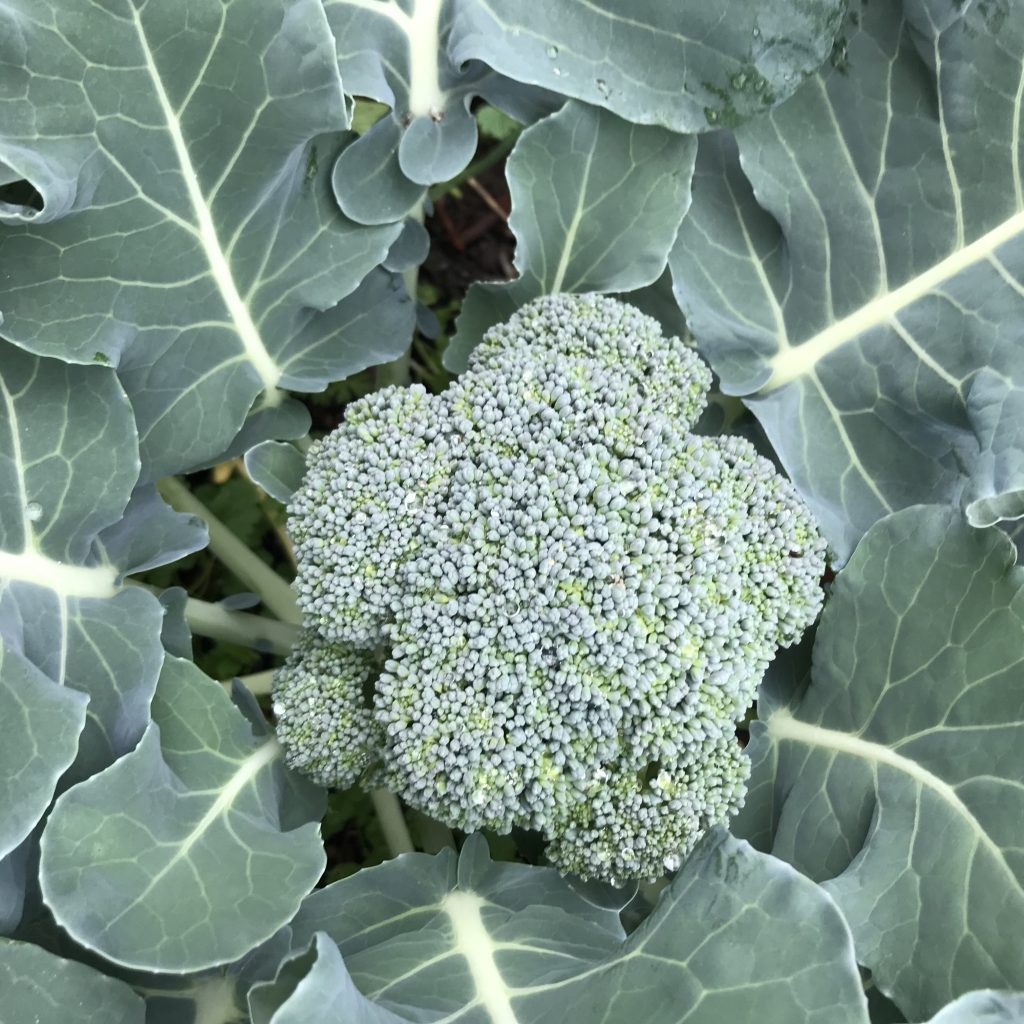
A firm broccoli head
When to harvest broccoli?
Most people do not realize that a broccoli head is a cluster of closed flower buds. We can consume it at any stage, even when the blooms are open. Yet, the ideal time to harvest broccoli is when the head is bright green and firm to the touch.
How to harvest broccoli?
Using a sharp knife, cut the broccoli head at its base. It is not necessary to uproot the whole plant. It will produce little florets on the side of the stem, which could make a great second harvest.

Side shoot on the plant 
Side shoots harvest
Are broccoli leaves edible?
Yes, broccoli leaves are edible as well as the stems. When young and tender they can be used as a substitute for spinach.
Growing broccoli in containers
It is possible to grow broccoli in a container, but after taking the following considerations:
- Pot size: Broccoli plant do get bid and wide spread, so choose a pot that is big enough to support it. A five-gallon container is good size to grow one broccoli plant.
- Soil: It is important to use potting mix and not garden soil. It has added nutrients and better drainage to ensure good plant growth.
- Water: Due to the exposed walls, the soil in container dries out fast. It is important to keep a regular watering schedule to prevent plant stress.
- Fertilizer: As the plant grows, it uses the food available in the soil quickly. Since the space is confined, the roots have nowhere to source food. Suplemental feeding is crucial in this case.

Troubleshooting
What is eating my broccoli leaves?
Two main pests can live on broccoli leaves: slugs/ snails and cabbage loopers.
Slugs/snails: Check the leaves for a shiny silvery trail. That’s the slime the slugs/snails leave behind. The first step to controlling them is by handpicking. In case of an infestation, set a drink trap for them. Tuck a shallow dish, such as a tuna can, in soil, making sure its edge is at the soil level. Fill it with soda and leave it overnight. The sweet smell will attract the pest, which will drown.
Cabbage loopers: The round holes on the leaves are a sign of the cabbage loopers. They are the caterpillars of white moths. If not controlled, they can decimate the plant in no time. To look for them, inspect the underside of the leaf. There are two ways to save your crop:
- Physical barrier: Cover the plants with agricultural mesh or fabric tulle. The small holes prevent the adult moth from laying its eggs on the leaves.
- Organic insecticide: Bacillus Thuringiensis, also known as BT. It is a bacterium that kills the caterpillars by causing digestive discomfort. It comes in a powder and a liquid form. Follow the directions of use on the label. Watch out for the butterfly caterpillars and other beneficial insects.
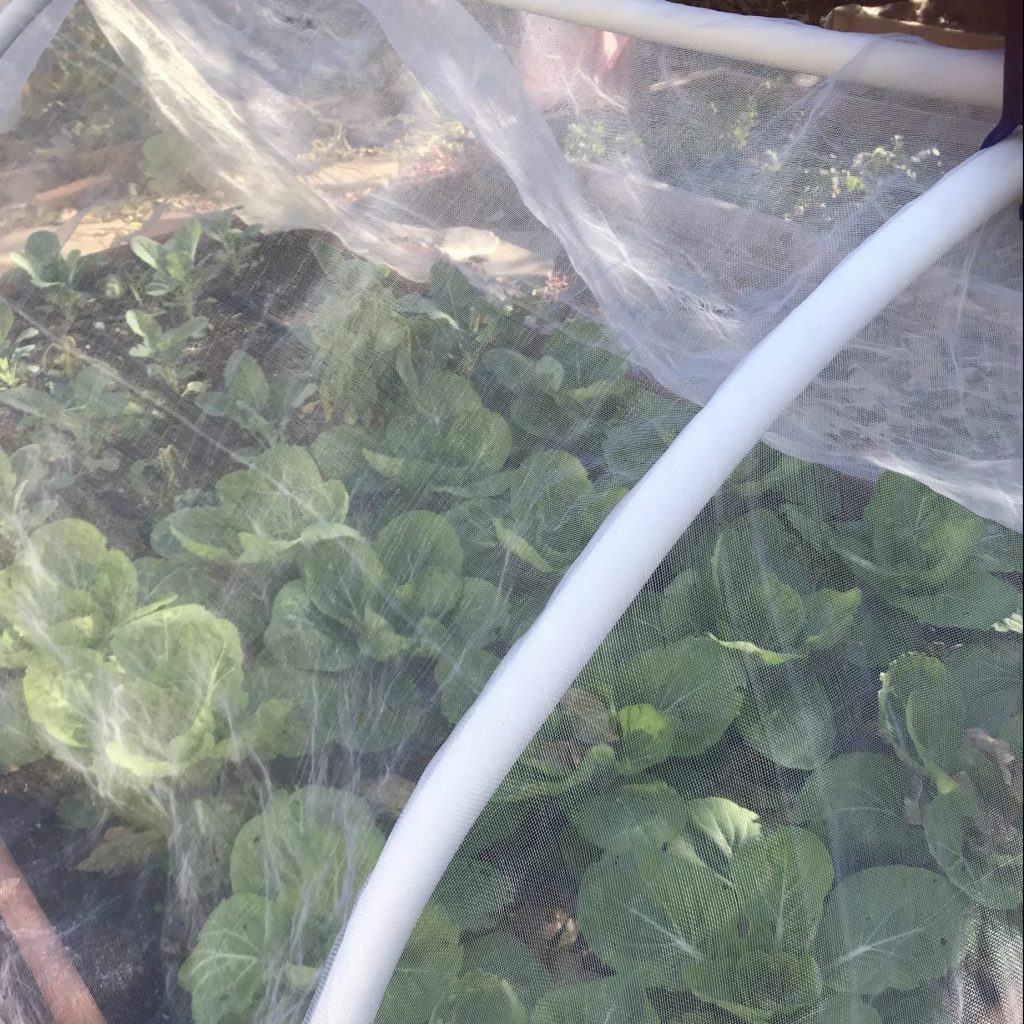
Why my broccoli plant disappeared!!
This is a common problem in a home garden. There are a few reasons for this to happen:
- Cutworms: It is a worm living in the ground at the base of the plant. It chews on the new transplant until it cuts the stem off, hence the name. The best management is regular inspection and hand-picking whenever you find them
- Garden animals: Mice, rabbits, and squirrels. They are nocturnal garden visitors. They love to dig around or munch on the plants. Sprinkle strong spices such as cayenne pepper around the plants to deter them. You may also try some liquid fence, such as rabbit-fence and so, from the store.
- Pillbugs/ Rolly-Pollies: Some might not consider these little fun creatures harmful. They feed or hard dead material, but they also chew on the plants’ hard stem, causing them to die. If they become a nuisance, use Sluggo Plus. It is an organic product in the form of granules. Sprinkle some around the plants, and it should take care of the pest.
How to protect broccoli from freeze?
Broccoli handles temperatures as low as 26F (-4) with very little damage to the leaves. In case of a long cold front, a row cover provides enough protection.
Why my broccoli head is so tiny?
When the broccoli plant forms a smaller head than expected, that is called Buttoning. This phenomenon occurs when temperatures are warmer than ideal. Unfortunately, there is no way to rectify this problem except prevention.
High temperatures stress the broccoli plant and cause it to mature too soon. To prevent this from happening, avoid planting either too early in the fall or too late in the spring.
Why did my broccoli turn into a flower?
Bolting is another word for flowering. In the case of broccoli, it occurs when temperatures are high, or missing harvest time.
The little yellow flowers are edible and make a nice addition to a winter salad. If you do not feel like eating them, keep them for the bees. They are a great food source for them in winter.
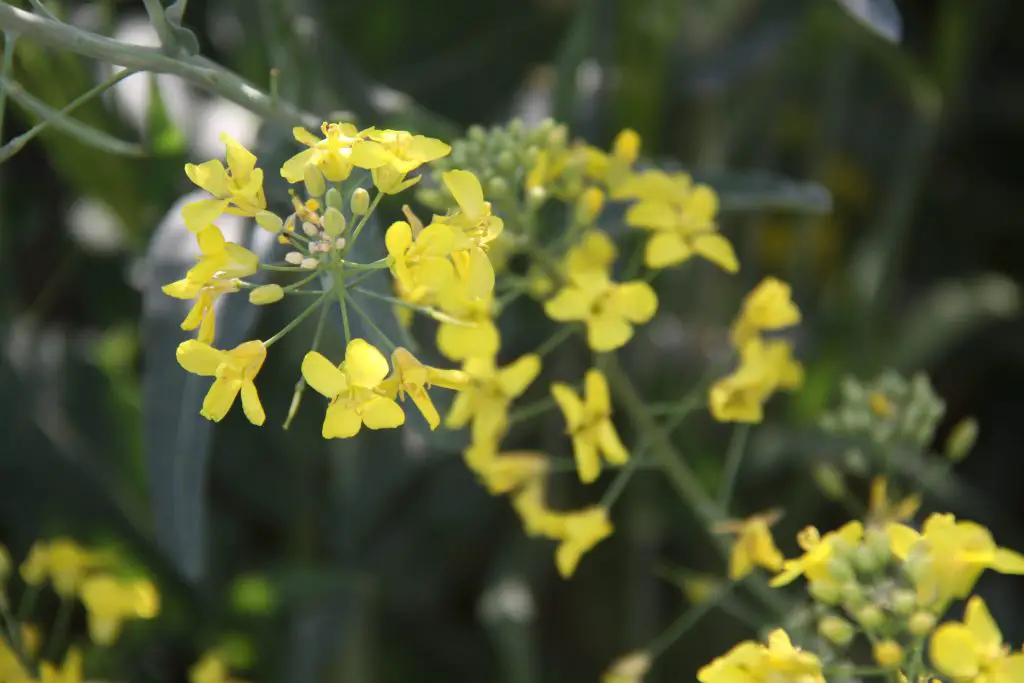
How to save broccoli seeds?
There are two important rules to follow before harvesting any seeds. First, you can only harvest seeds from heirloom varieties. Second, there should not be any cross-pollination.
Heirlooms are varieties handed down for generations and have no genetic modifications. Saving their seeds will result in the same plant. Hybrid varieties, also known as F1, are the product of the purposeful crossing of two plants. A desirable trait is selected from each and chosen for the kid plant. Using seeds from a hybrid will not produce true to its parent.
Cross-pollination is a bit complicated in the brassica family. To recognize the plants from the same family, check their scientific names. Plants with the same name will cross-pollinate.
Cauliflower, broccoli, cabbage, and turnips do cross-pollinate. To harvest the seeds without a problem, only allow one variety to flower each season.
Let’s say you got heirloom broccoli and turnips growing in the garden. To save seeds, allow broccoli to flower this year. The following year, allow the turnips.
Brassicas flowers all look the same. They are yellow and turn into pods holding several seeds in them. It is very similar to pea pods but in a much smaller size.
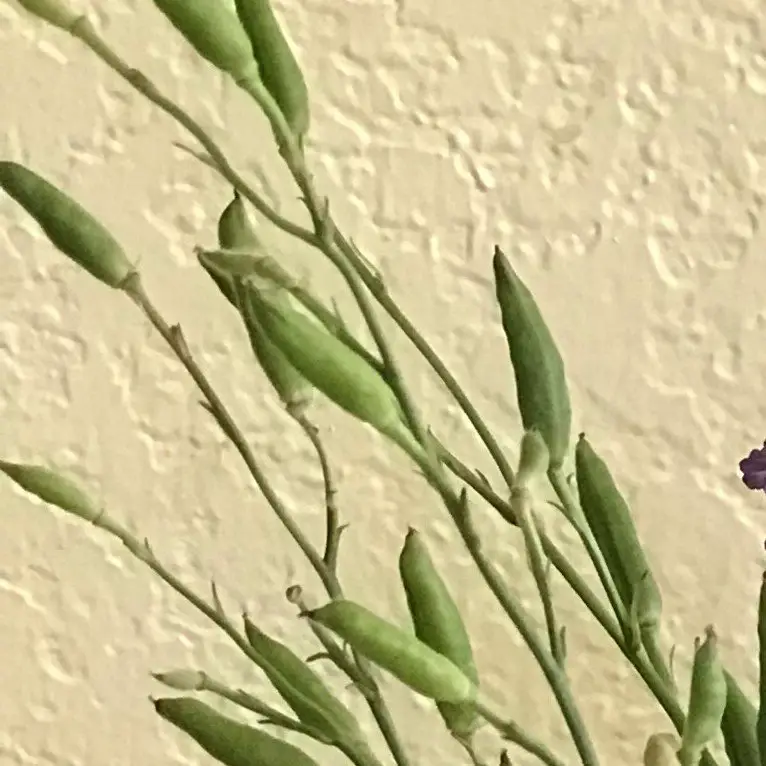
Let the pods mature and dry slightly on the plant before picking them. Continue the drying process indoors, on a plate, or in a paper bag. The pods tend to explode once dry. Leaving them on the plant risks spreading the seeds all over the garden.
In the kitchen
Some broccoli recipe ideas you might enjoy:
- Steamed broccoli over buttered pasta
- Broccoli and Carrot cheese soup
- All Season Stir Fry
- Oven-roasted broccoli.
- Cheese and broccoli rice casserole.
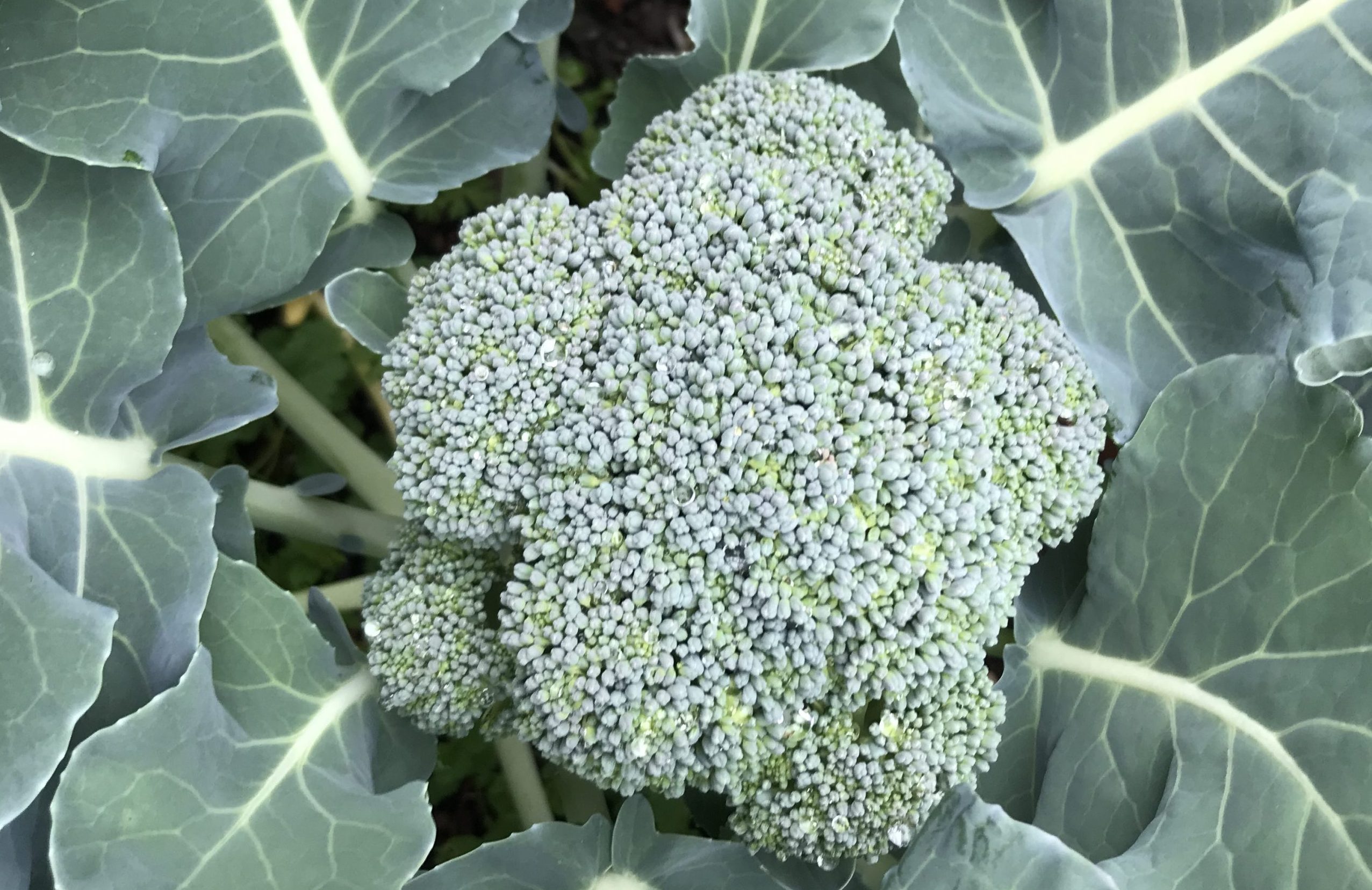
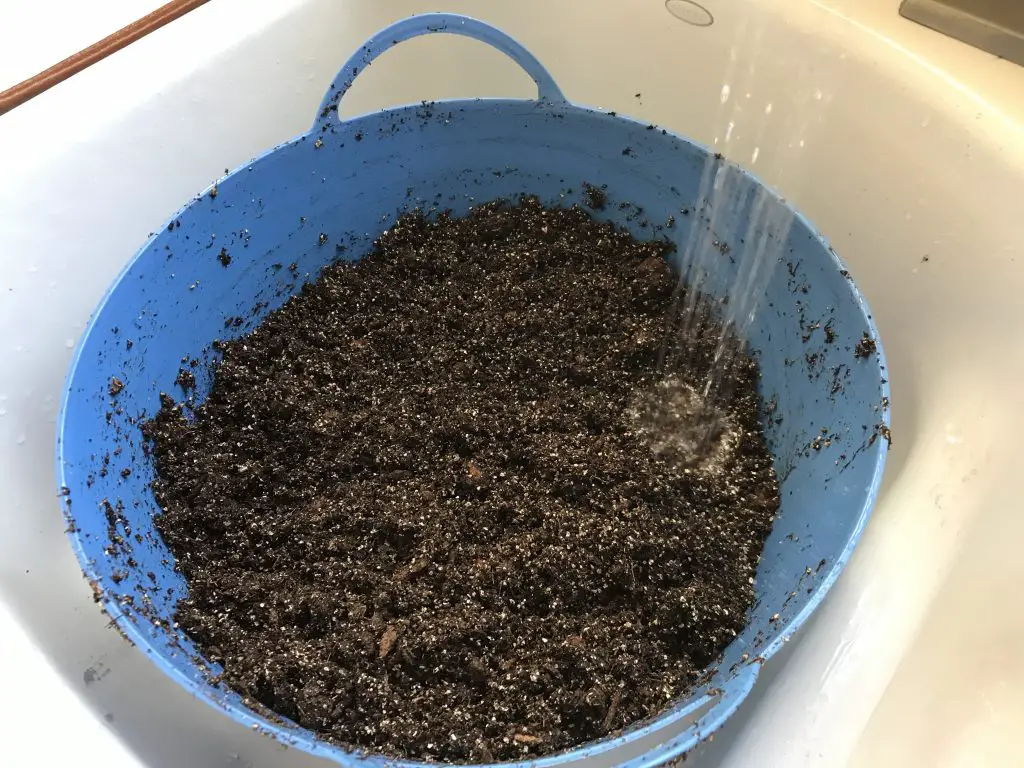

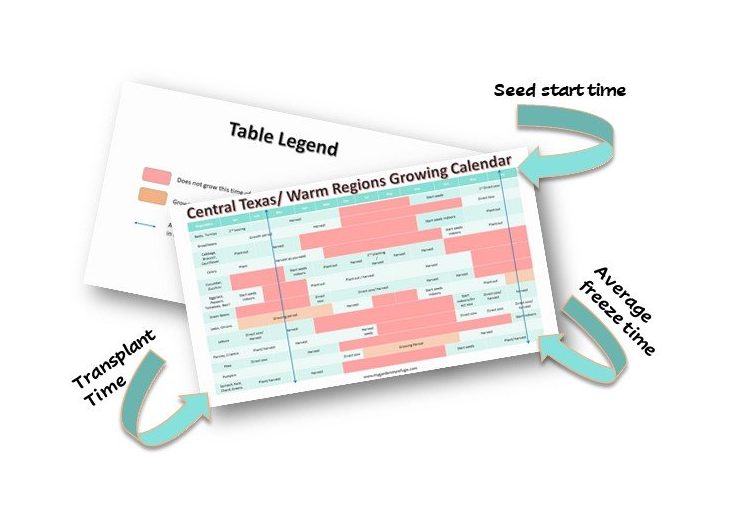
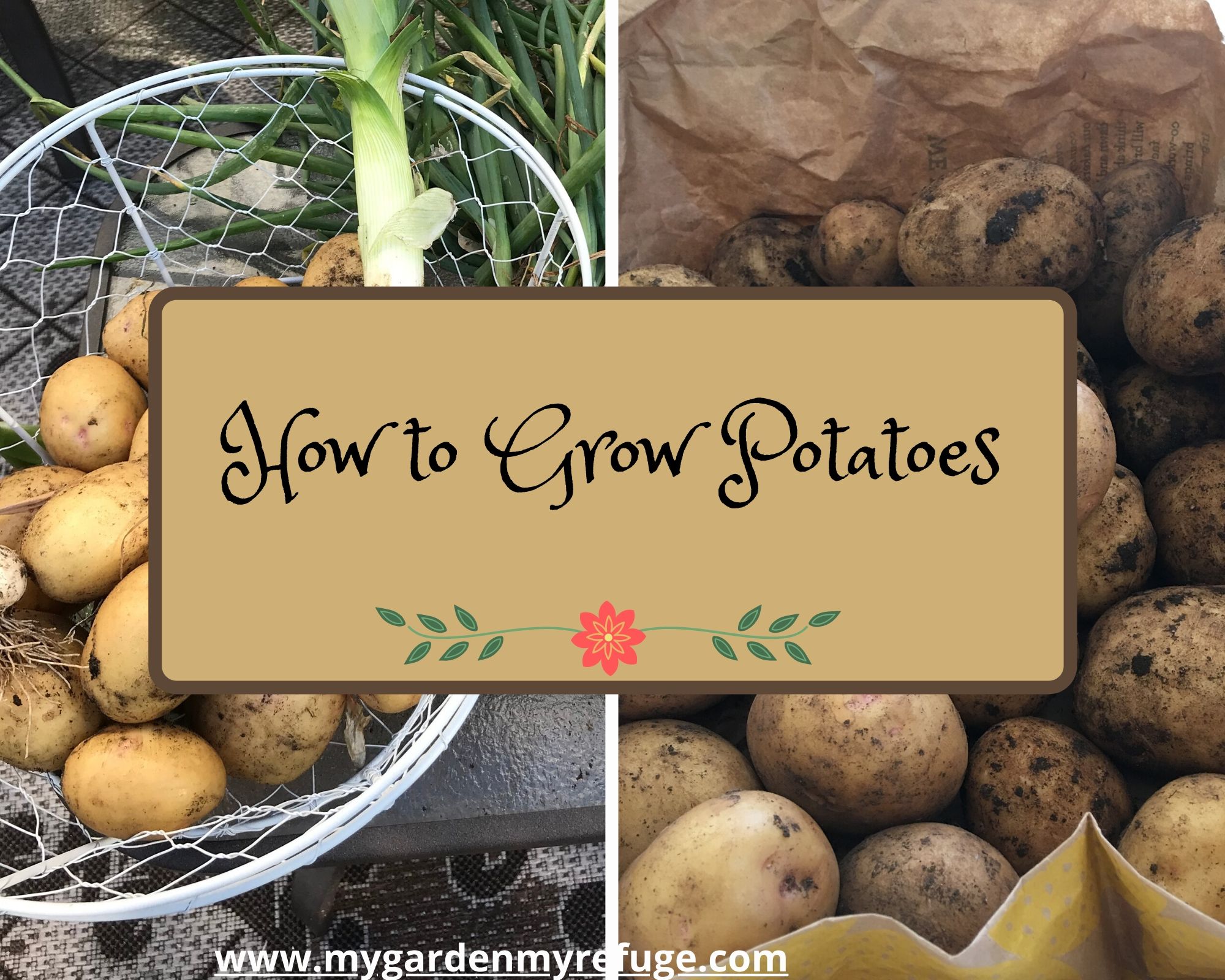
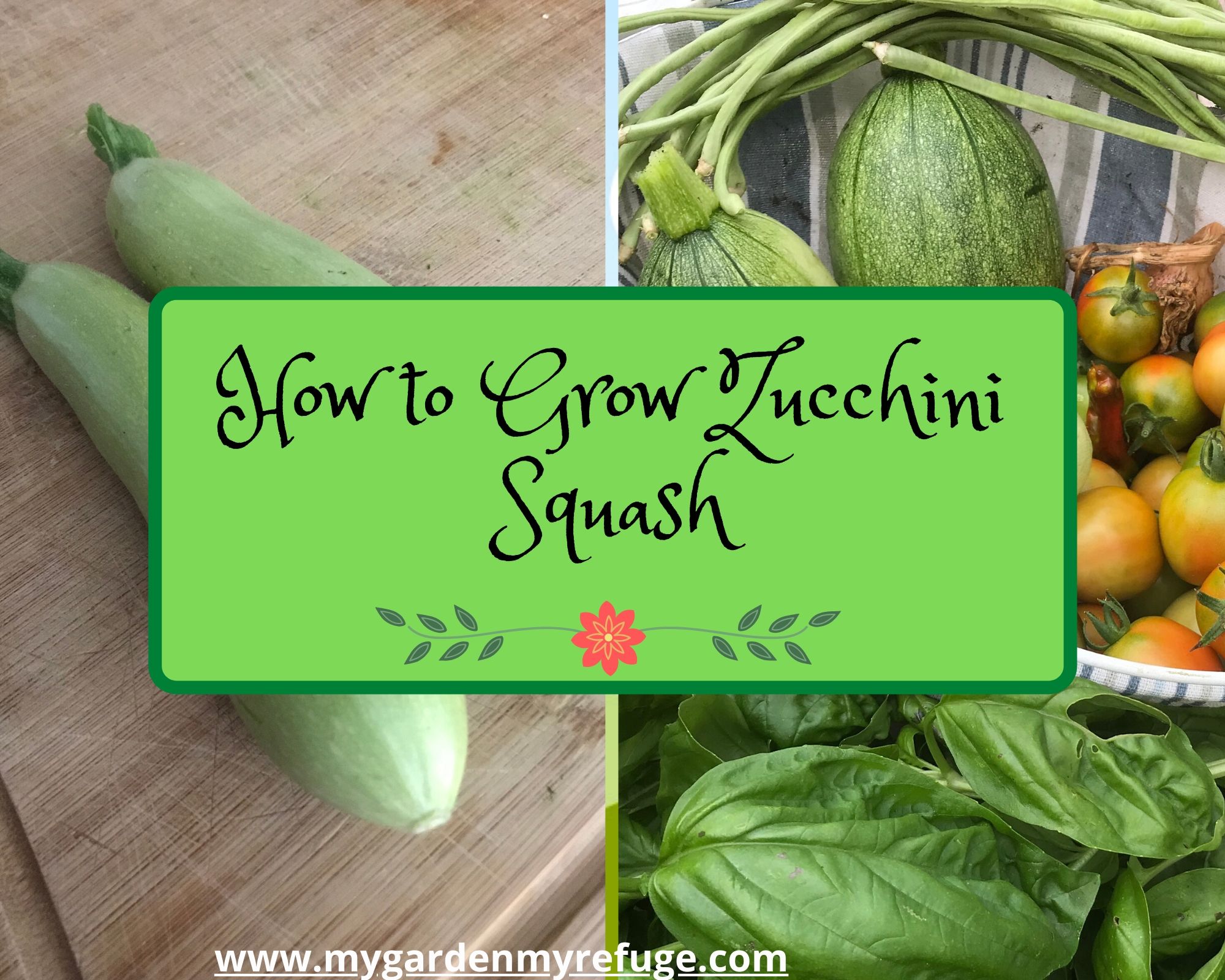
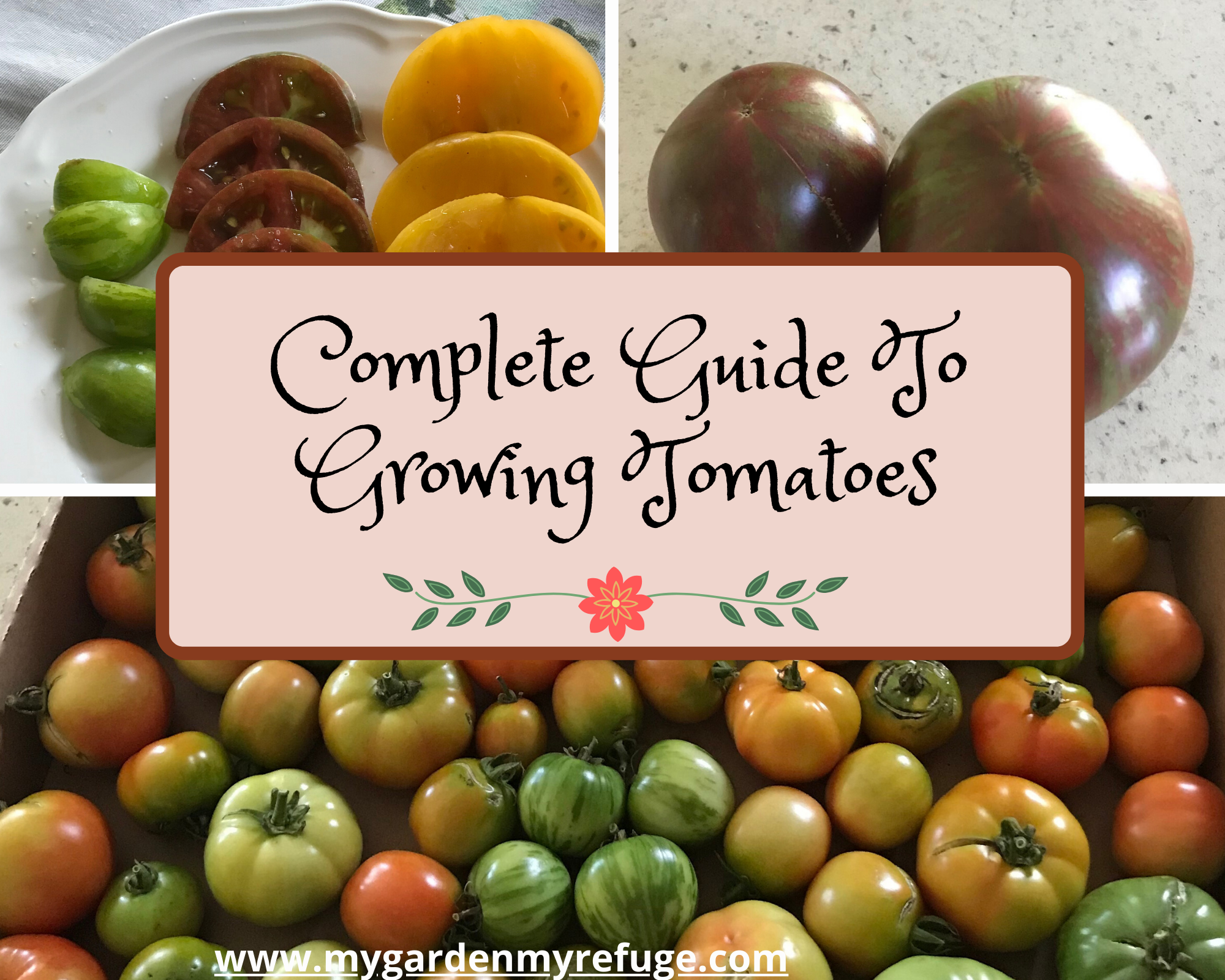
Like!! Really appreciate you sharing this blog post.Really thank you! Keep writing.
It’s really a great and useful piece of info. I’m glad that you just shared this helpful information with us.
Please stay us informed like this. Thank you for sharing.
Also visit my homepage – buy CBD
Spot on with this write-up, I actually think this amazing site
needs a lot more attention. I’ll probably be back again to read
more, thanks for the information!
Hi there! This article could not be written much better!
Going through this article reminds me of my previous roommate!
He constantly kept preaching about this. I
will send this information to him. Fairly certain he’s
going to have a great read. Thanks for sharing!
thanks
Greetings! Very helpful advice in this particular post!
It’s the little changes that produce the most important changes.
Many thanks for sharing!